The Digital Autopsy That Changed Everything
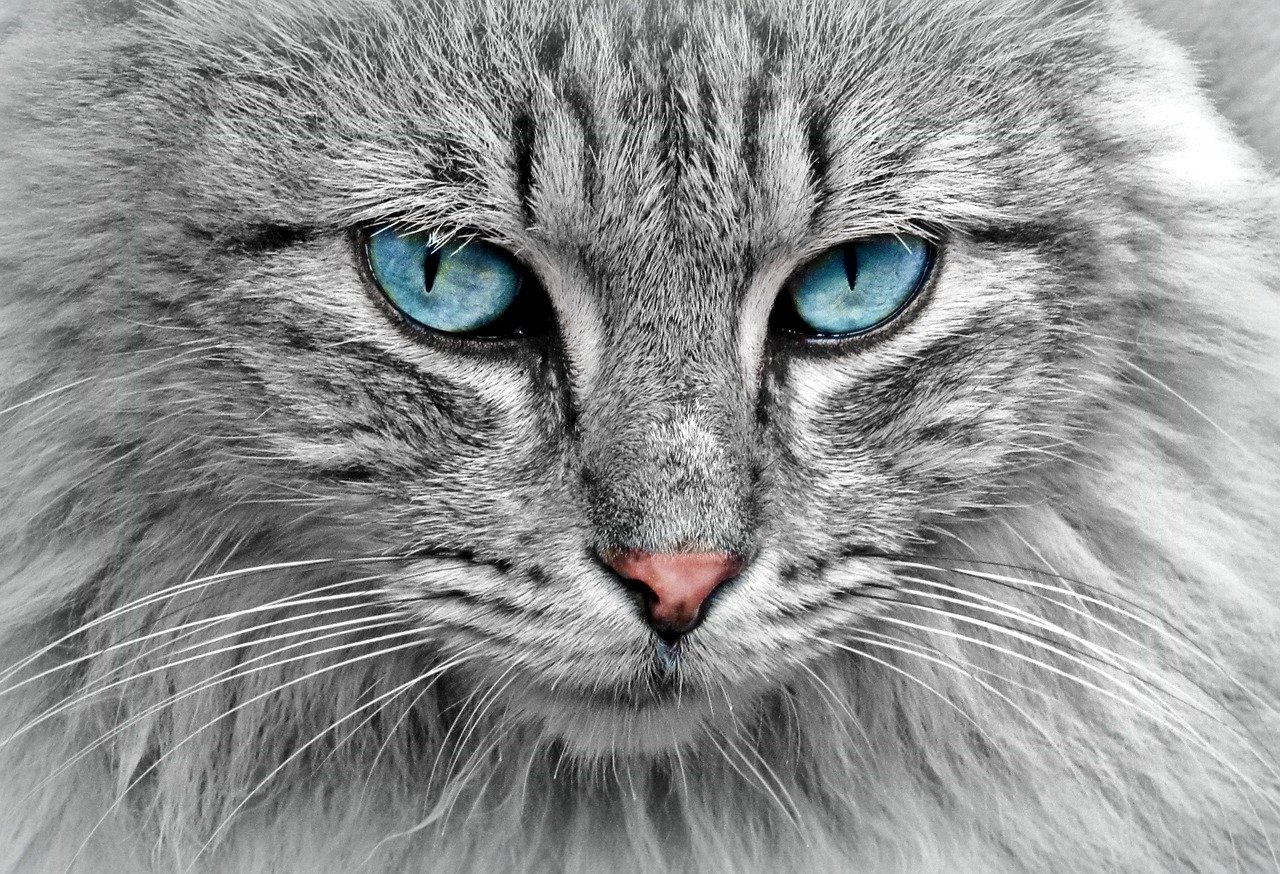
In 2022, researchers at the University of New South Wales made a groundbreaking discovery that would forever change our understanding of the legendary saber-toothed cat. Using advanced CT scanning technology, they peered inside a 28,000-year-old Smilodon fatalis skull, revealing secrets that had been locked away for millennia.
The scan showed unprecedented detail of the cat’s brain structure, inner ear, and neural pathways. What they found was a predator so perfectly evolved for killing that it bordered on the terrifying. The research team spent months analyzing every millimeter of data, uncovering hunting strategies that were far more sophisticated than anyone had imagined.
A Brain Built for Precision Strikes

The CT scan revealed that Smilodon’s brain was uniquely wired for delivering devastating attacks. The enlarged areas responsible for spatial awareness and bite force calculation were massive compared to modern big cats. This wasn’t just a powerful predator – it was a biological killing machine with computer-like precision.
The neural pathways showed clear adaptations for processing the exact angle and depth needed for a fatal strike. Unlike modern cats that often deliver multiple bites, Smilodon’s brain was designed for a single, perfectly placed attack. Think of it as the difference between a machine gun and a sniper rifle – both deadly, but one requires surgical precision.
The Inner Ear’s Deadly Secret

Perhaps the most shocking discovery was hidden in Smilodon’s inner ear structure. The CT scan revealed an incredibly sophisticated balance system that would make a gymnast jealous. This wasn’t just about staying upright – it was about maintaining perfect stability during the most crucial moment of the hunt.
The enlarged vestibular system allowed Smilodon to track moving prey while positioning its massive fangs for the kill. Picture trying to thread a needle while riding a roller coaster – that’s essentially what these cats were doing every time they hunted. The inner ear acted like a built-in stabilizer, ensuring their legendary canines hit their mark every single time.
Seven-Inch Fangs Weren’t Just for Show
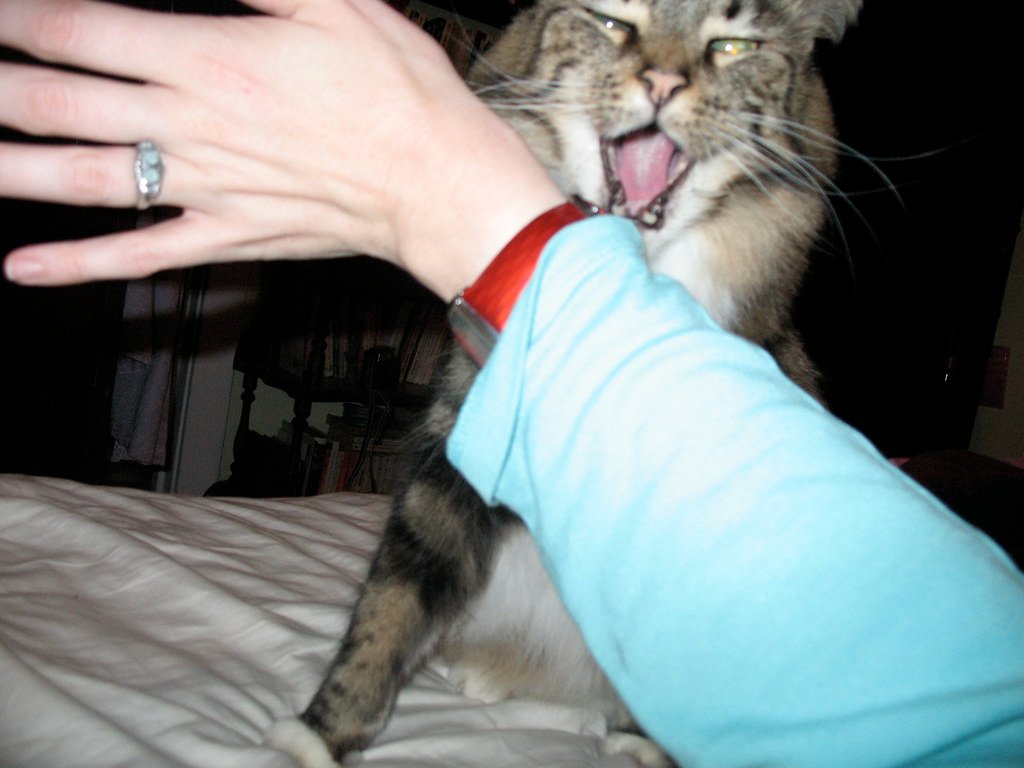
The 2022 scan finally put to rest decades of debate about how Smilodon actually used its iconic saber teeth. The bite force calculations derived from the CT data showed these cats generated pressure in very specific points, not across the entire jaw. This was surgical precision, not brute force.
The positioning of muscle attachment points revealed that Smilodon could deliver a controlled, penetrating bite that would sever major blood vessels or puncture vital organs. Those seven-inch fangs weren’t designed to tear flesh like modern cats – they were biological daggers meant to deliver instant death. The scan showed wear patterns that confirmed this theory, with distinctive marks indicating precise, targeted strikes.
A Hunting Strategy Unlike Any Modern Cat

The CT scan data revealed that Smilodon hunted in a way that no living cat does today. The brain structure showed enhanced areas for planning and timing, suggesting these cats would carefully stalk their prey before making their move. They weren’t ambush predators in the traditional sense – they were calculated assassins.
The research team discovered that Smilodon’s hunting behavior was more similar to that of modern birds of prey than to lions or tigers. They would position themselves carefully, wait for the perfect moment, then deliver a single, devastating strike. This methodical approach required incredible patience and intelligence, qualities that the CT scan confirmed were hardwired into their very anatomy.
The Shocking Truth About Their Prey
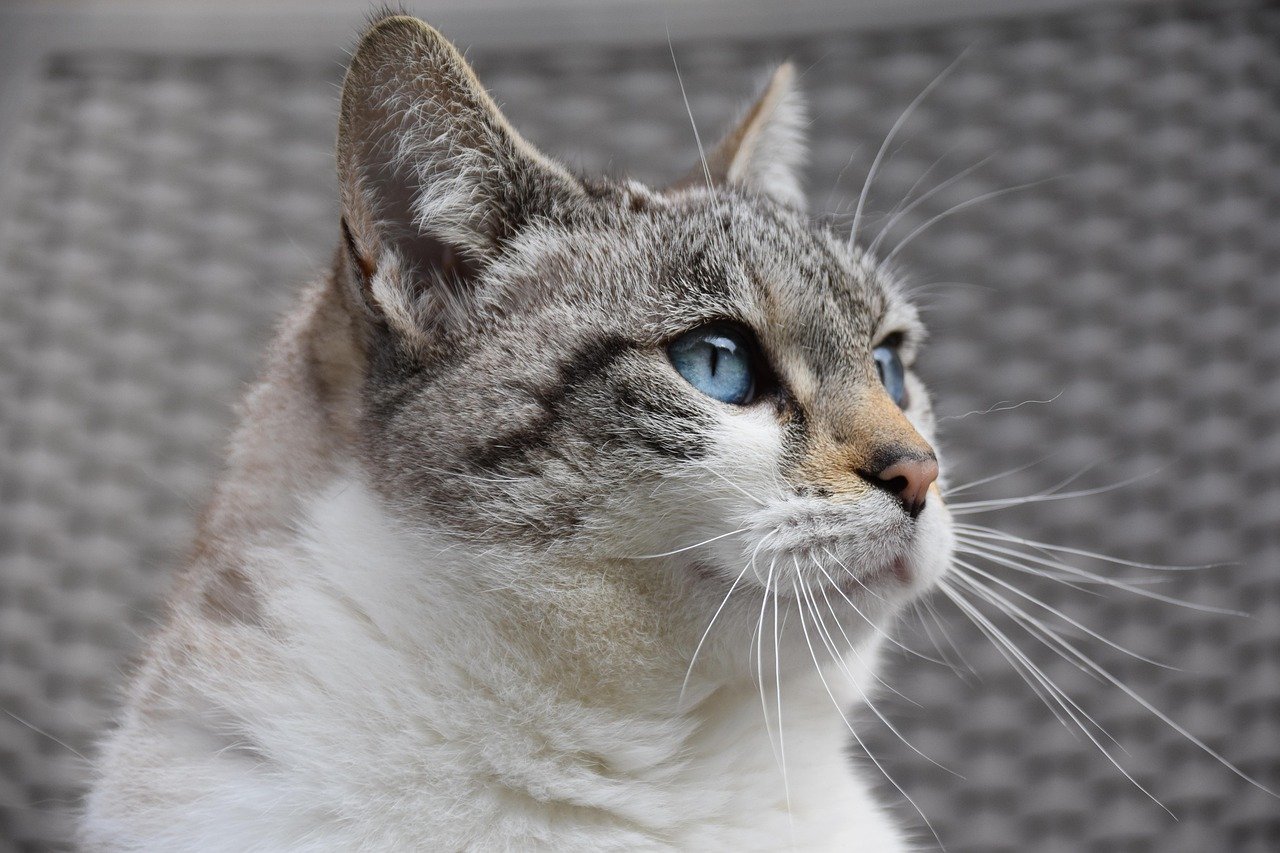
Using the CT scan data, researchers were able to model exactly what kind of prey Smilodon was designed to hunt. The results were startling – these cats weren’t just taking down large herbivores, they were specifically adapted to kill megafauna that could easily crush a modern lion. We’re talking about giant ground sloths, massive bison, and even young mastodons.
The precision required to take down such enormous prey explains why Smilodon’s anatomy was so specialized. A single mistimed strike could mean death for the hunter, so evolution crafted these cats into living weapons of incredible accuracy. The CT scan revealed that every aspect of their anatomy, from their reinforced skull to their powerful neck muscles, was designed for this high-stakes hunting strategy.
Why Modern Cats Can’t Match Their Precision
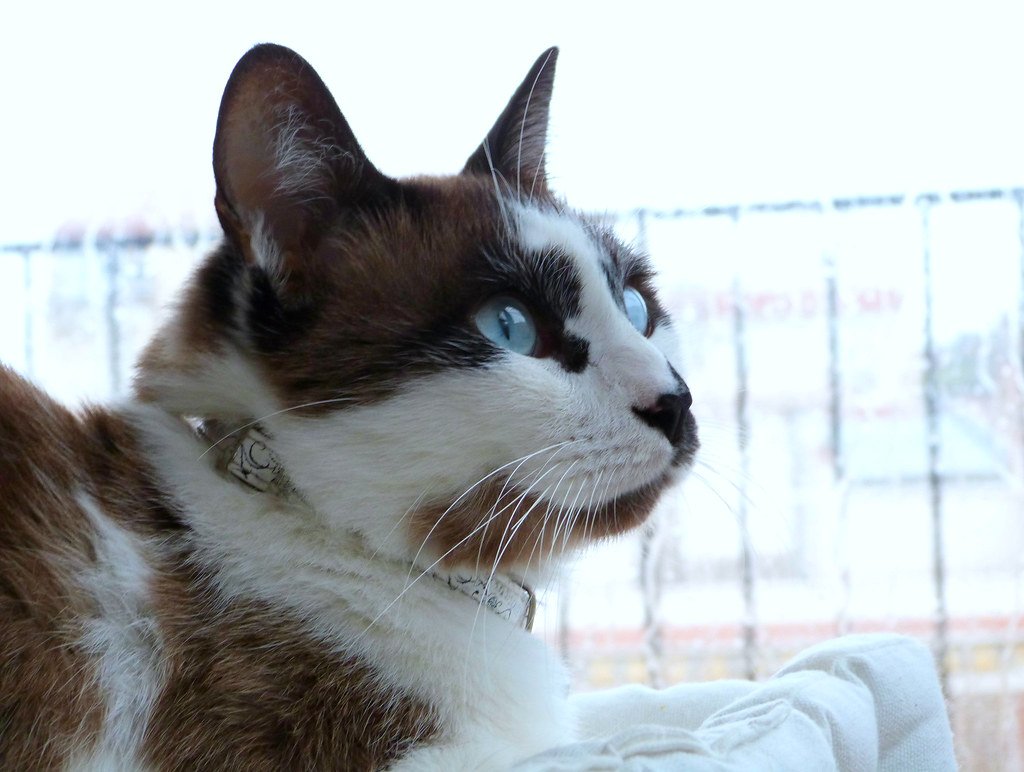
The 2022 CT scan highlighted exactly why no modern cat has evolved similar hunting abilities. The metabolic cost of maintaining such a specialized brain and body structure was enormous. Smilodon needed to consume massive amounts of meat to fuel their precision hunting apparatus, which worked fine when megafauna roamed the landscape.
When the ice age ended and large prey became scarce, Smilodon’s incredible specialization became their downfall. Modern cats evolved to be more generalist hunters, trading precision for adaptability. The CT scan showed that a Smilodon’s brain used nearly 25% more energy than a modern lion’s brain – a luxury that became impossible to maintain when food became scarce.
The Terrifying Efficiency of Their Bite
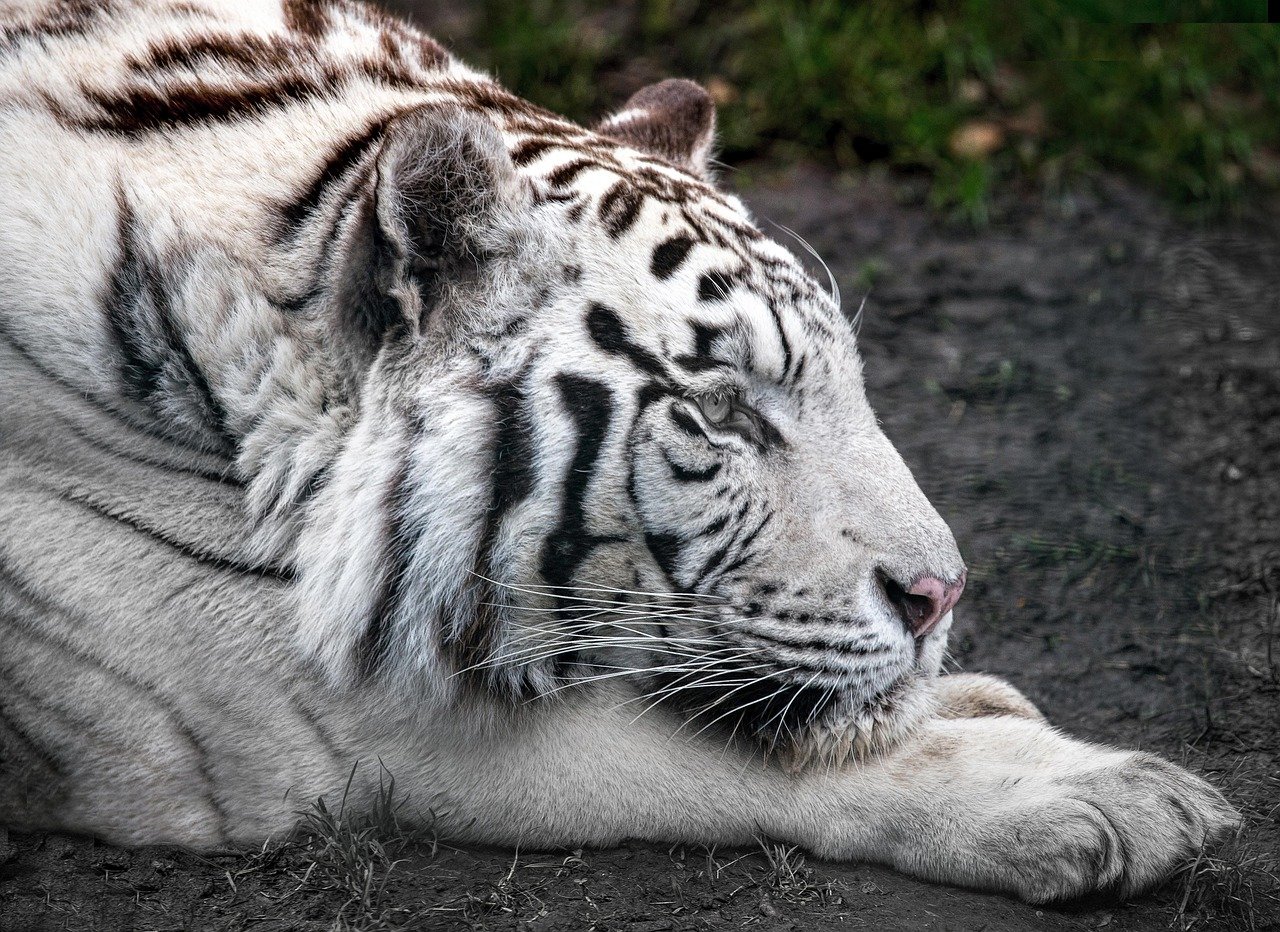
The CT scan revealed bite mechanics that were nothing short of terrifying in their efficiency. Unlike modern cats that bite and hold, Smilodon would bite and withdraw, allowing their victim to bleed out rapidly. The scan showed that their fangs were designed to create maximum internal damage with minimal effort.
The puncture wounds left by Smilodon would have been catastrophic. The CT data allowed researchers to model the exact trajectory of their fangs during a strike, showing that these cats could sever major arteries or pierce vital organs with surgical precision. It was like being stabbed by a master swordsman who knew exactly where to strike for maximum effect.
A Social Structure Built Around Killing

The brain structure revealed in the CT scan suggested that Smilodon may have hunted in coordinated groups, much like modern lions. However, their social structure was built around their unique killing method. The enlarged areas of the brain responsible for communication and coordination showed that these cats could work together to position prey for the perfect kill.
This social hunting strategy made them even more formidable predators. While one cat would distract or position the prey, another would deliver the fatal strike. The CT scan showed that different individuals within a group may have specialized in different aspects of the hunt, creating a prehistoric killing machine that was both social and devastatingly effective.
The Surprising Gentleness Behind the Savagery

Perhaps the most unexpected discovery from the CT scan was evidence that Smilodon was incredibly gentle with its own kind. The brain structure showed enlarged areas associated with social bonding and care-giving behavior. These were cats that could deliver instant death to their prey, yet were capable of remarkable tenderness with their families.
Fossil evidence supports this finding, showing that Smilodon would care for injured pack members and share kills with the group. The CT scan revealed that this wasn’t just learned behavior – it was hardwired into their brains. They were simultaneously the most efficient killers and the most caring family members the cat world has ever known.
How Climate Change Sealed Their Fate

The CT scan data helped researchers understand exactly why Smilodon couldn’t adapt to changing environmental conditions. Their highly specialized anatomy was perfectly suited for hunting megafauna in open grasslands, but completely useless for catching smaller, more agile prey in dense forests.
As the climate changed and forests expanded, Smilodon’s precision hunting system became a liability. They were too specialized to change, too efficient at one thing to be good at anything else. The CT scan showed that their brain structure was so focused on their specific hunting strategy that adaptation to new prey types was virtually impossible.
Modern Technology Meets Ancient Mysteries

The 2022 CT scan represented the perfect marriage of cutting-edge technology and paleontological detective work. The level of detail achieved was impossible just a decade earlier, allowing researchers to peer inside ancient skulls with unprecedented clarity. What they found was a predator so perfectly evolved for its role that it seemed almost too good to be true.
The research team used artificial intelligence to analyze the CT data, comparing Smilodon’s brain structure to hundreds of modern carnivores. The results showed that these ancient cats had evolved hunting capabilities that no modern predator can match. They were the apex of feline evolution, a pinnacle of predatory perfection that may never be seen again.
The Legacy of the Perfect Predator

The 2022 CT scan revelations about Smilodon have fundamentally changed how we understand prehistoric ecosystems. These weren’t just large cats with big teeth – they were sophisticated predators with complex social structures and incredible hunting abilities. The precision of their kills shaped entire ecosystems, influencing the evolution of their prey and the landscape itself.
Today, no predator on Earth possesses the combination of social intelligence, anatomical specialization, and hunting precision that Smilodon displayed. They represent a unique chapter in evolution’s story, a time when the arms race between predator and prey reached almost mythical proportions. The CT scan showed us that truth really can be stranger than fiction.
What This Means for Our Understanding of Evolution
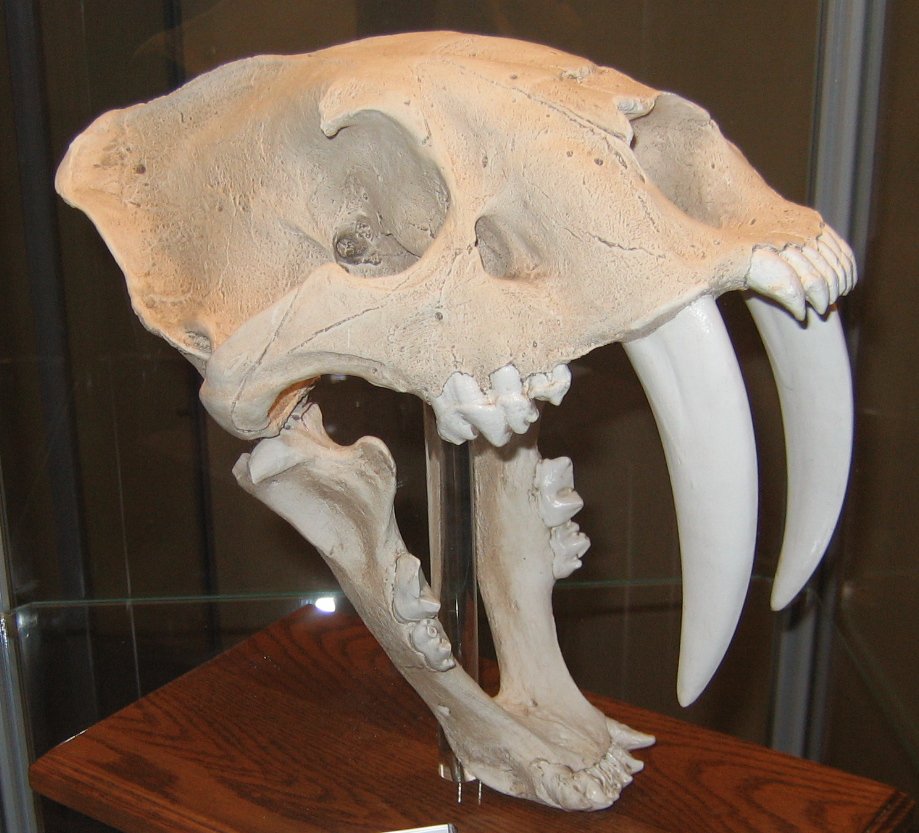
The detailed anatomy revealed by the CT scan has forced scientists to reconsider how evolution shapes predators. Smilodon’s incredible specialization shows that evolution can create killing machines of almost unimaginable efficiency, but also demonstrates the risks of such extreme adaptation. When environments change, specialists are often the first to disappear.
The research has implications for understanding modern conservation efforts and how species might adapt to climate change. Smilodon’s story is a cautionary tale about the double-edged sword of evolutionary perfection. Sometimes being too good at one thing can be your downfall when the world changes around you.
The Hunt Continues in Digital Form
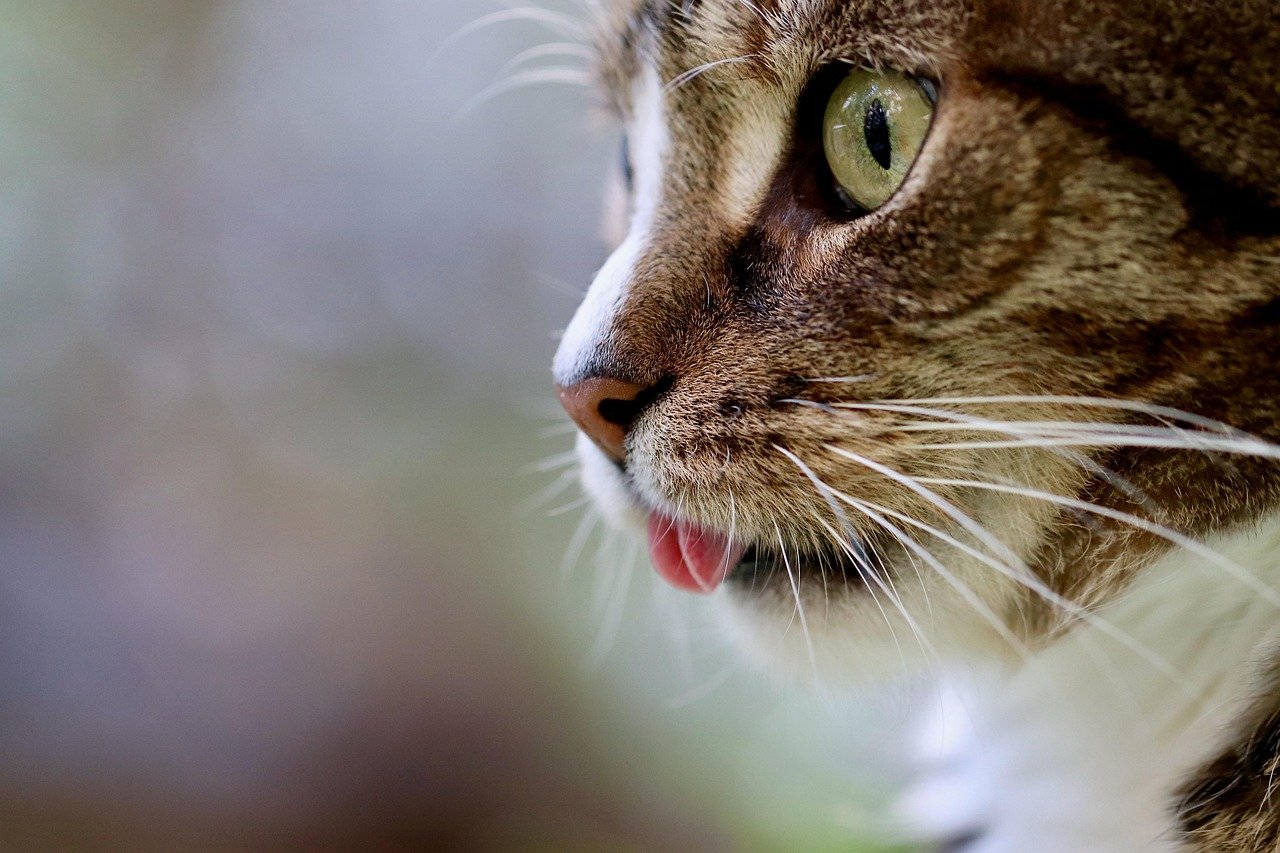
The 2022 CT scan was just the beginning of a new era in paleontological research. Scientists are now using the same techniques to study other prehistoric predators, building a comprehensive picture of how these ancient ecosystems functioned. Each scan reveals new secrets about how these incredible creatures lived, hunted, and died.
The technology that revealed Smilodon’s secrets continues to evolve, promising even more detailed insights into the lives of prehistoric cats. Who knows what other shocking discoveries await us in the fossil record? The perfect predator may be extinct, but its secrets continue to amaze us thousands of years later.
Hi, I’m Bola, a passionate writer and creative strategist with a knack for crafting compelling content that educates, inspires, and connects. Over the years, I’ve honed my skills across various writing fields, including content creation, copywriting, online course development, and video scriptwriting.
When I’m not at my desk, you’ll find me exploring new ideas, reading books, or brainstorming creative ways to solve challenges. I believe that words have the power to transform, and I’m here to help you leverage that power for success.
Thanks for stopping by, Keep coming to this website to checkout new articles form me. You’d always love it!






